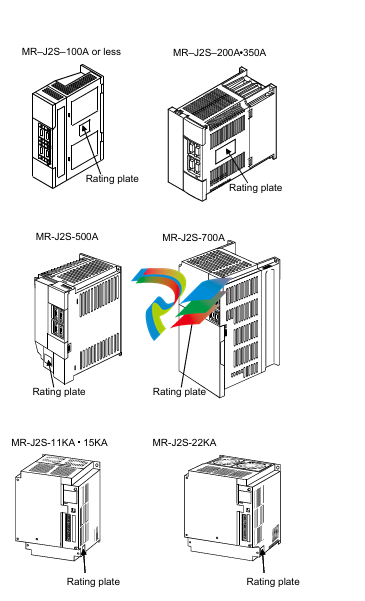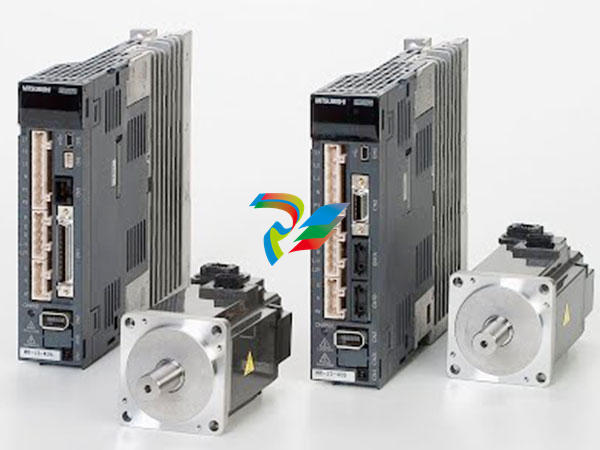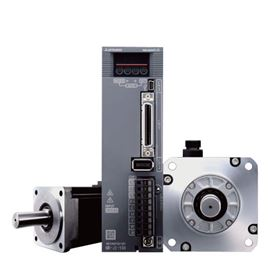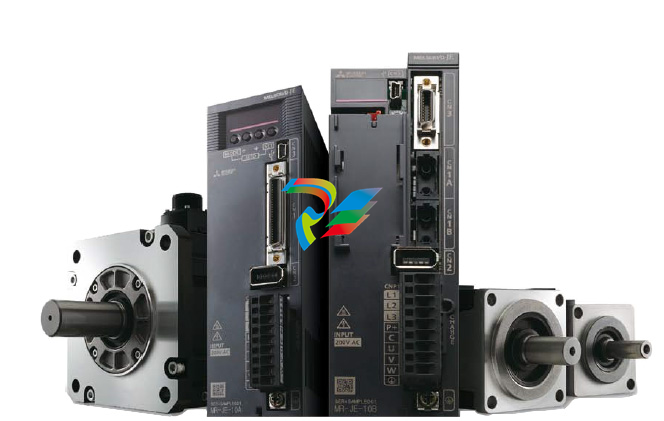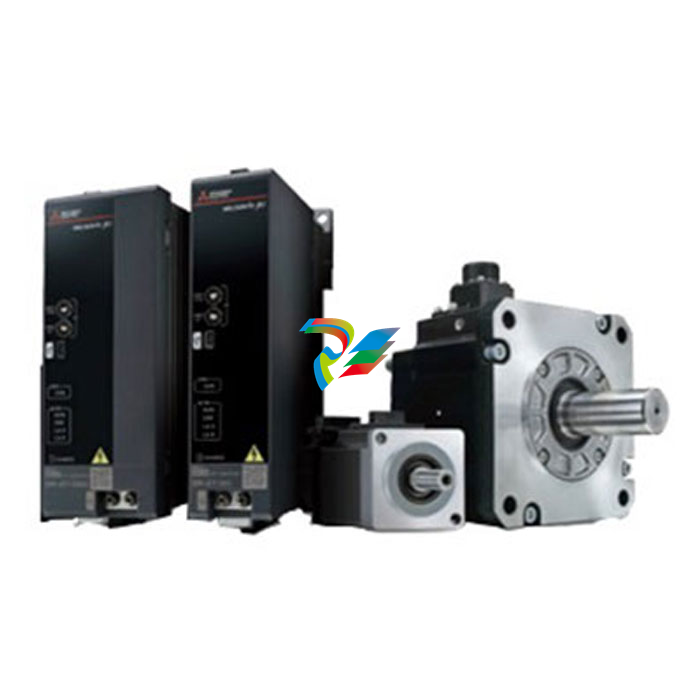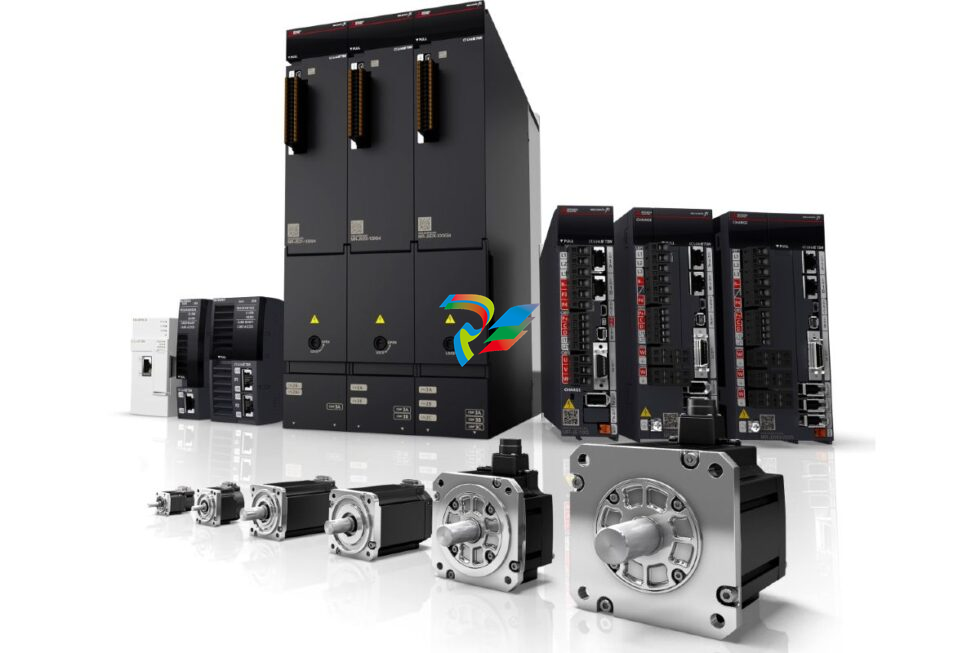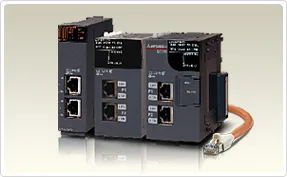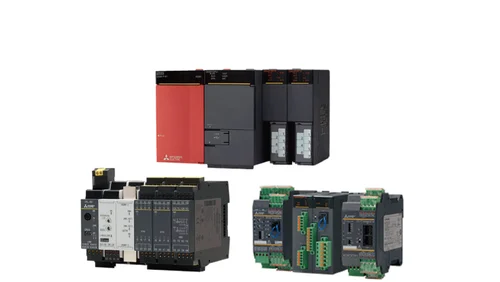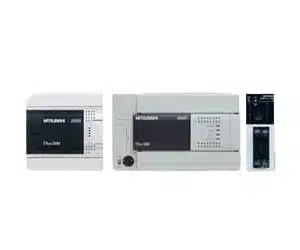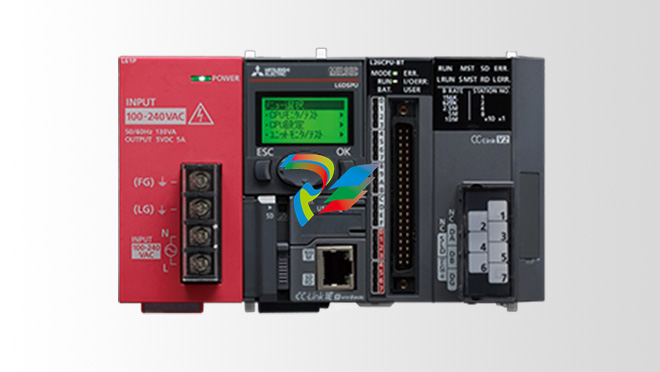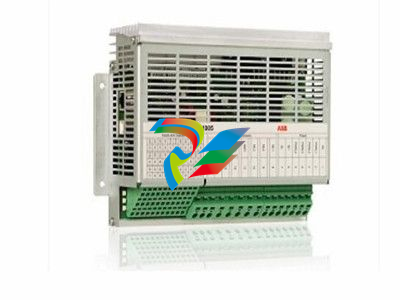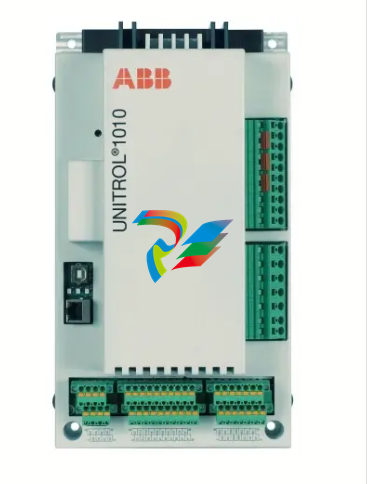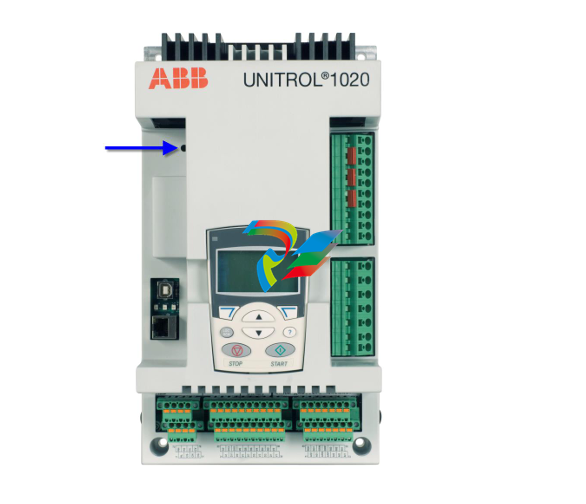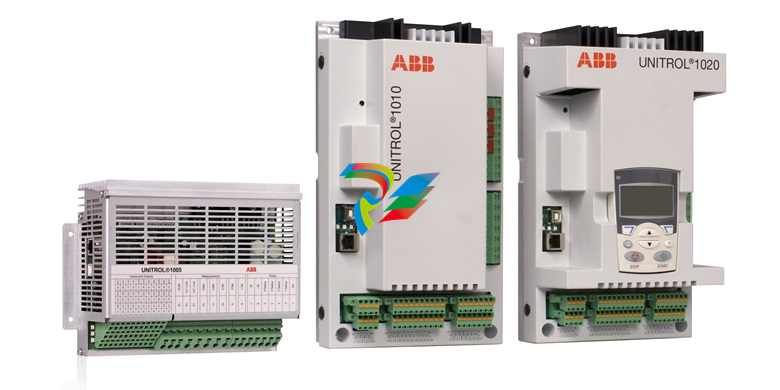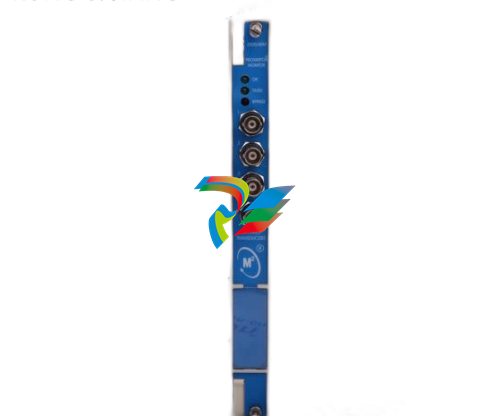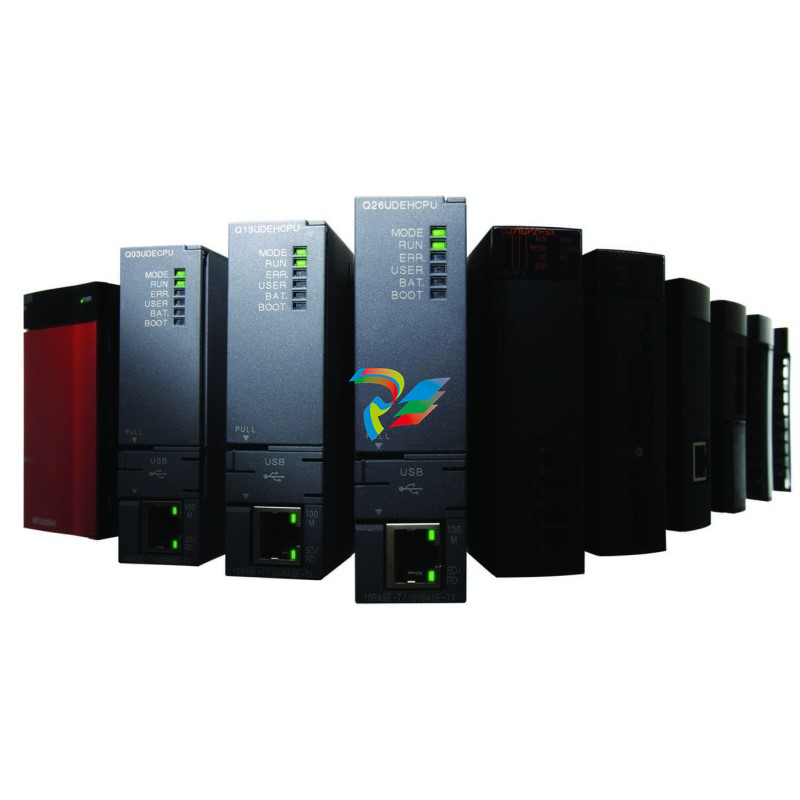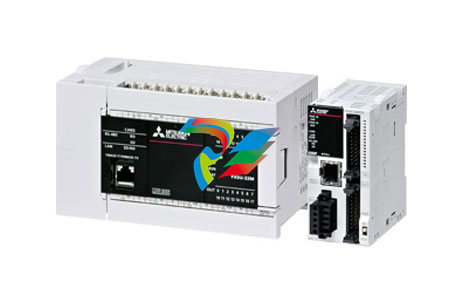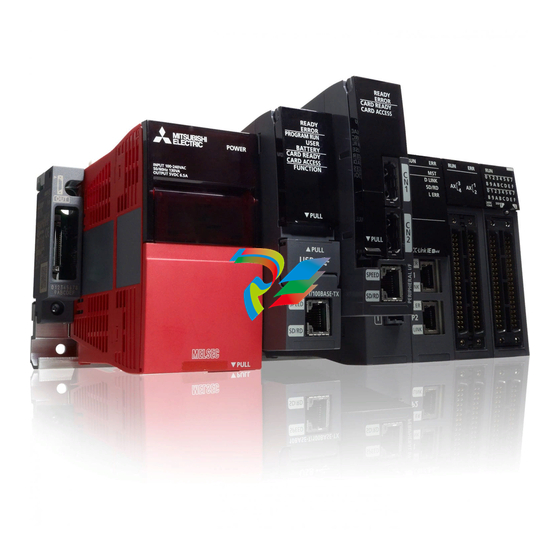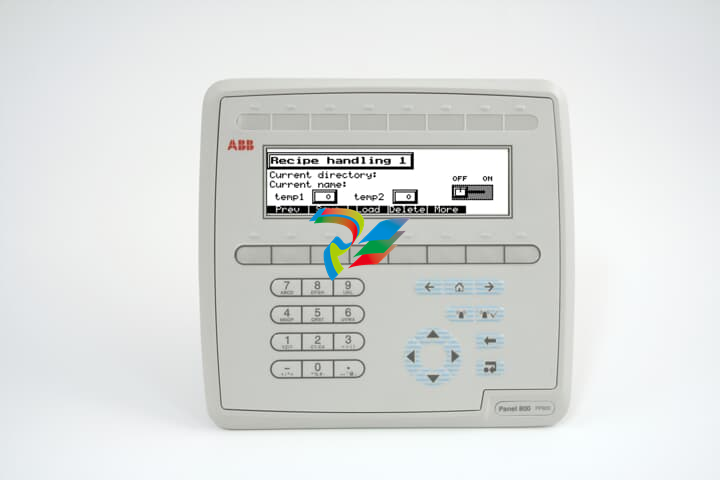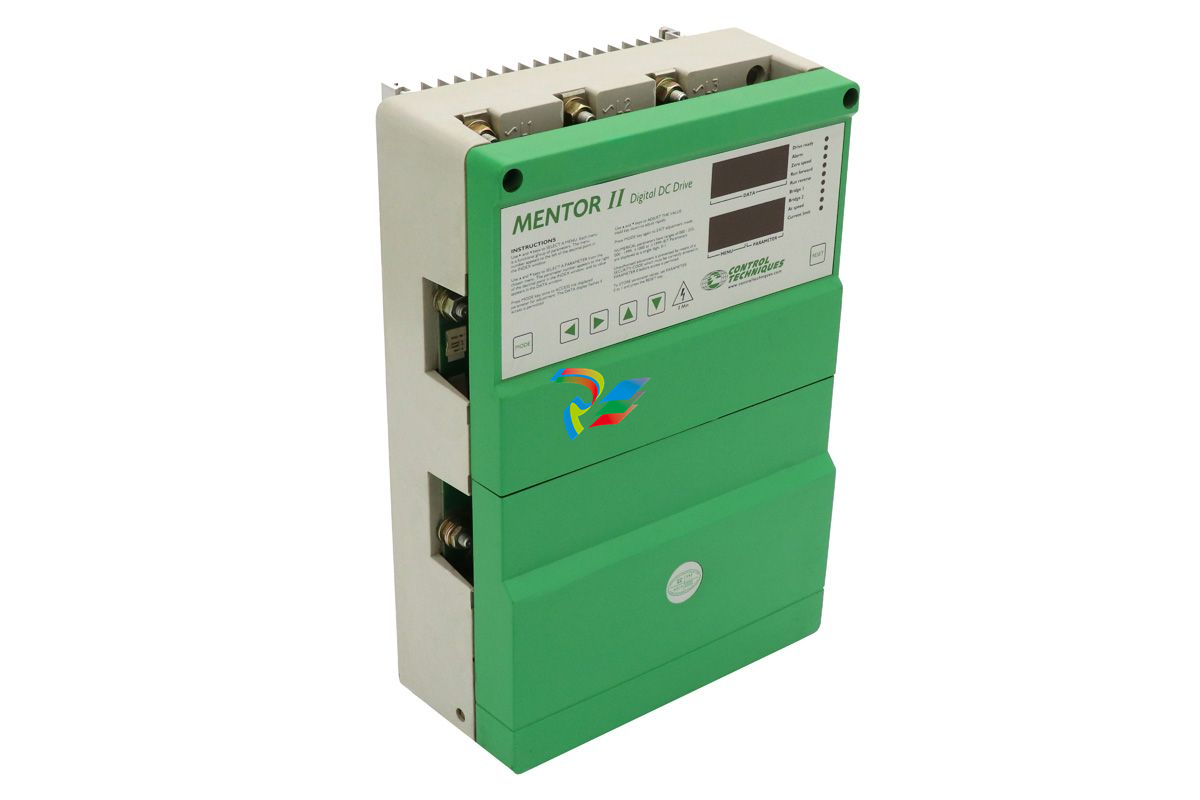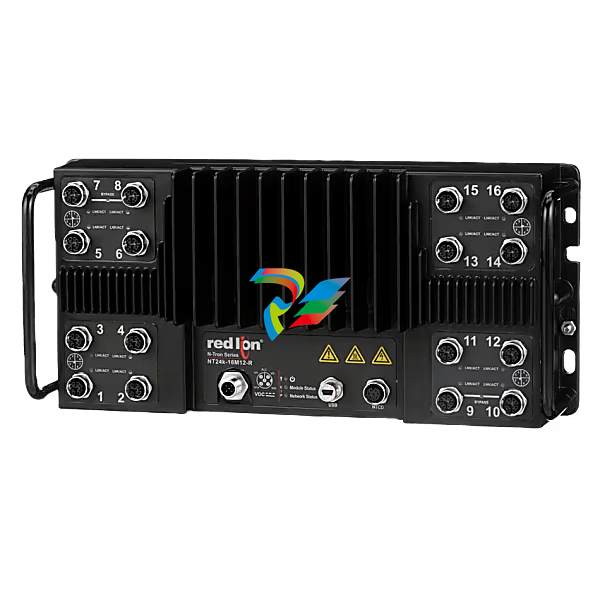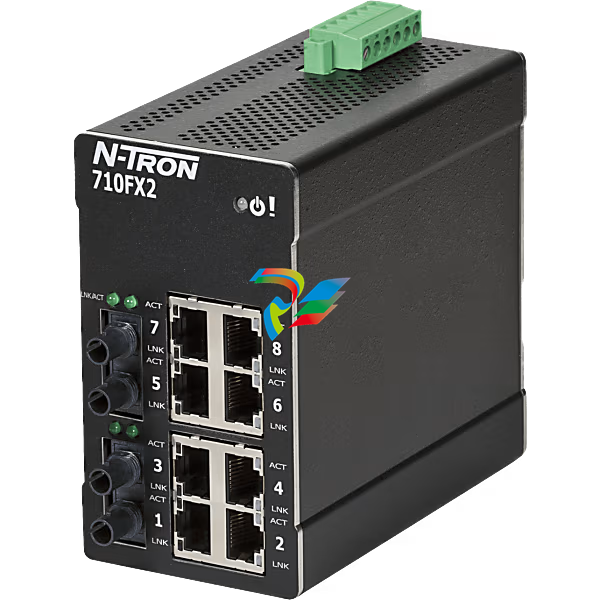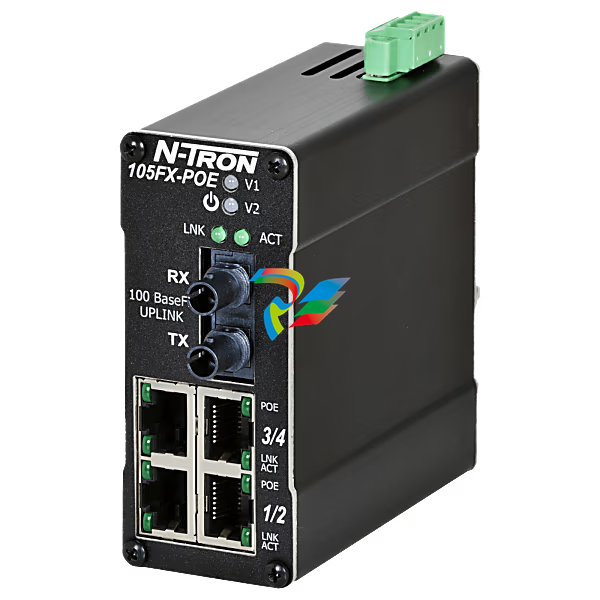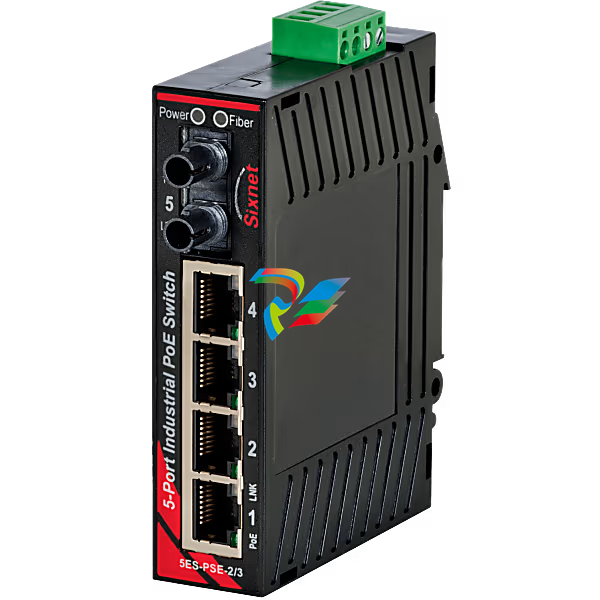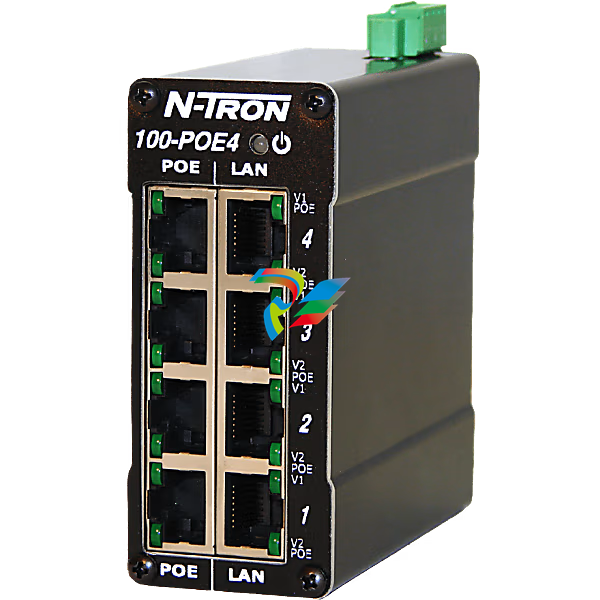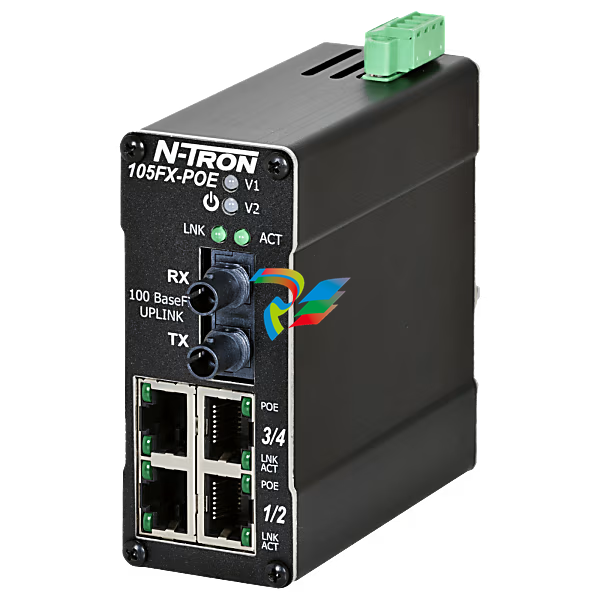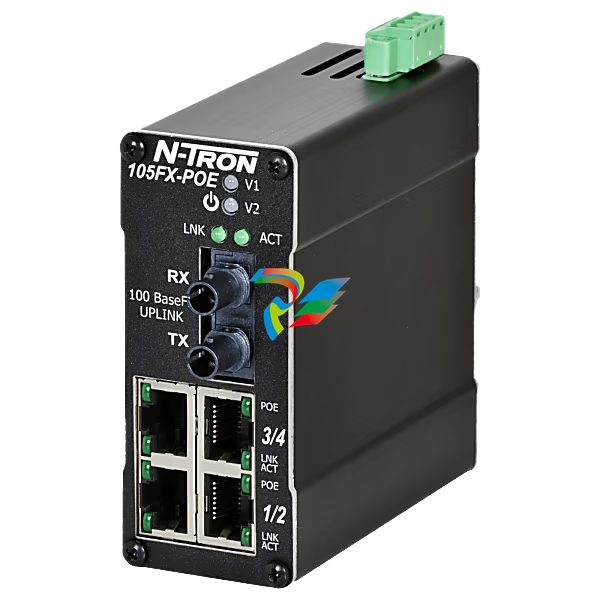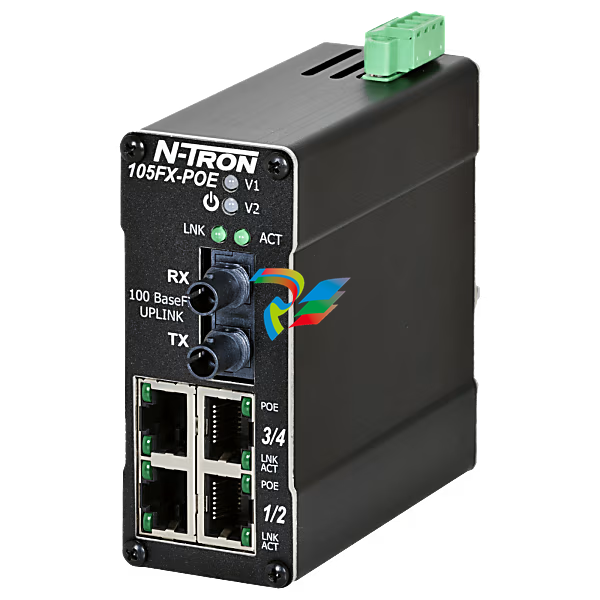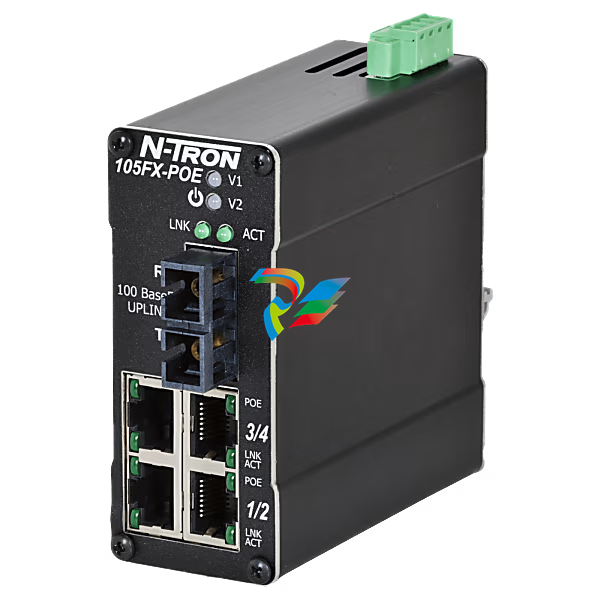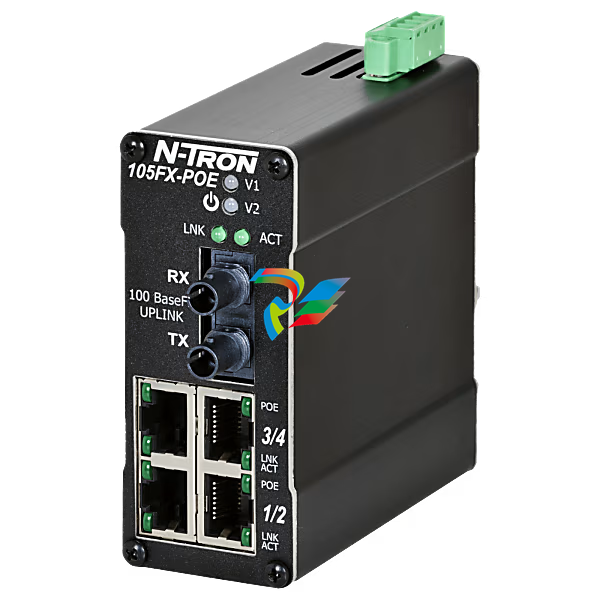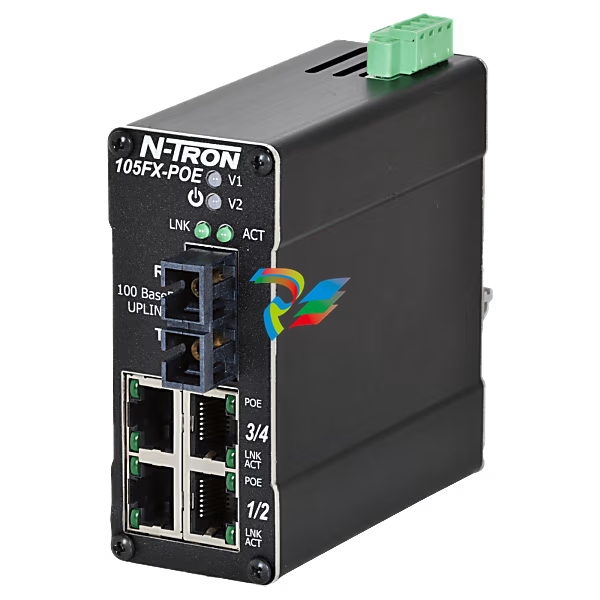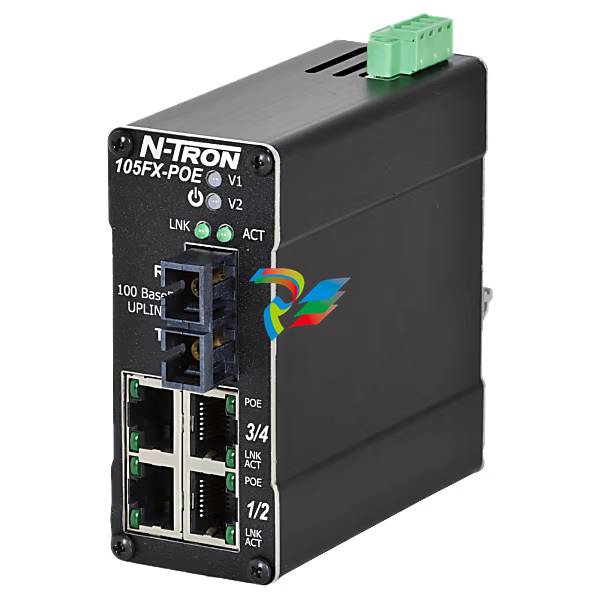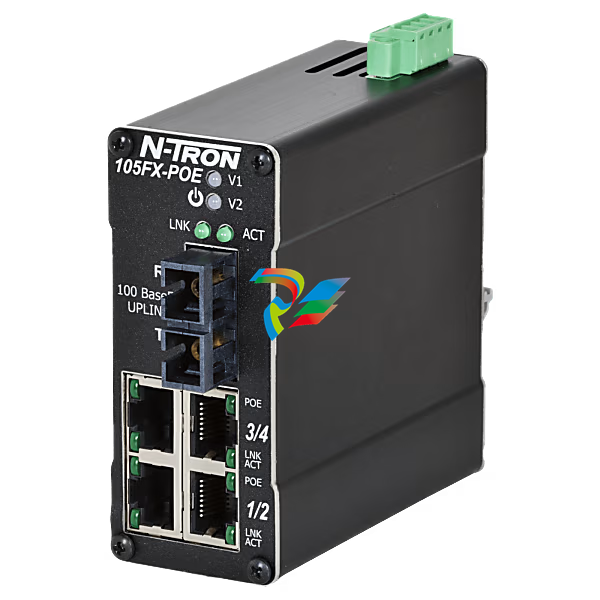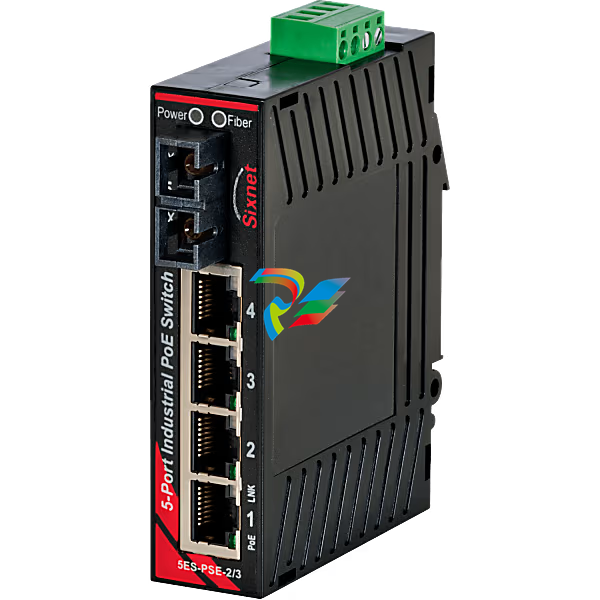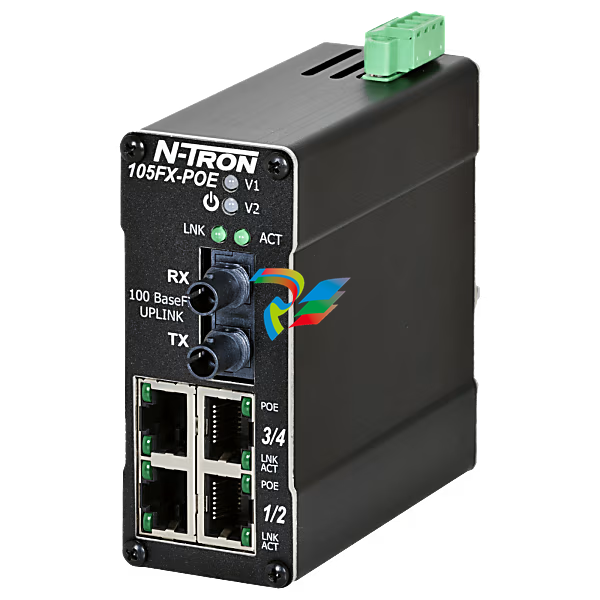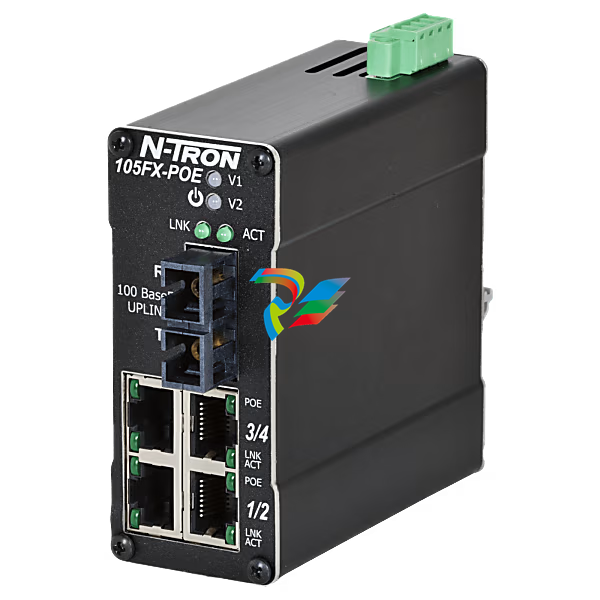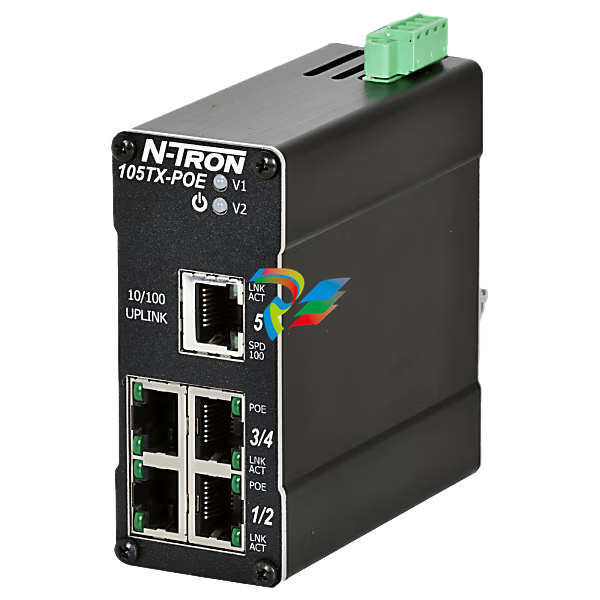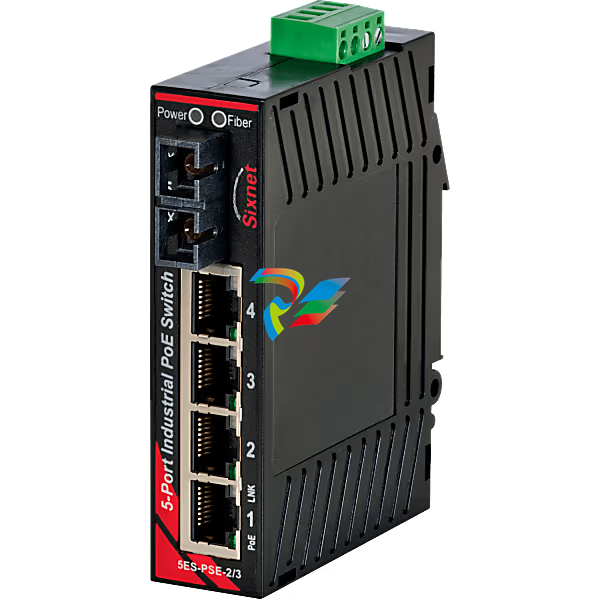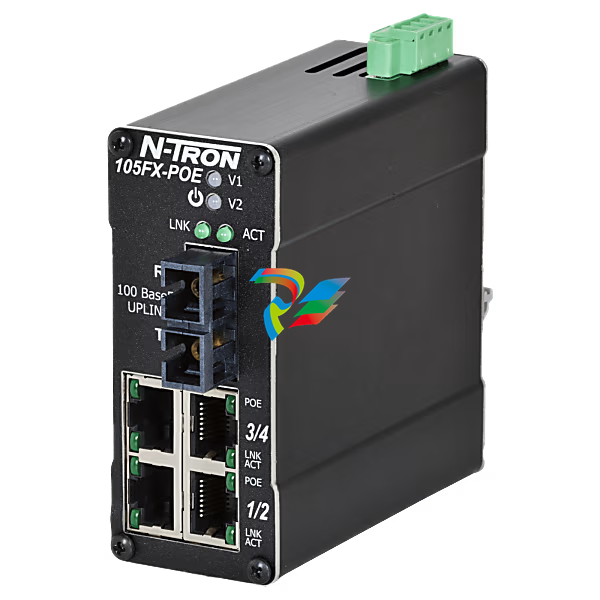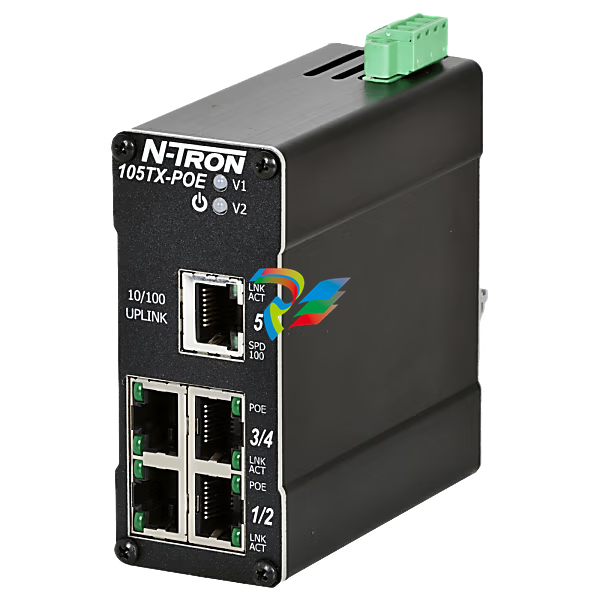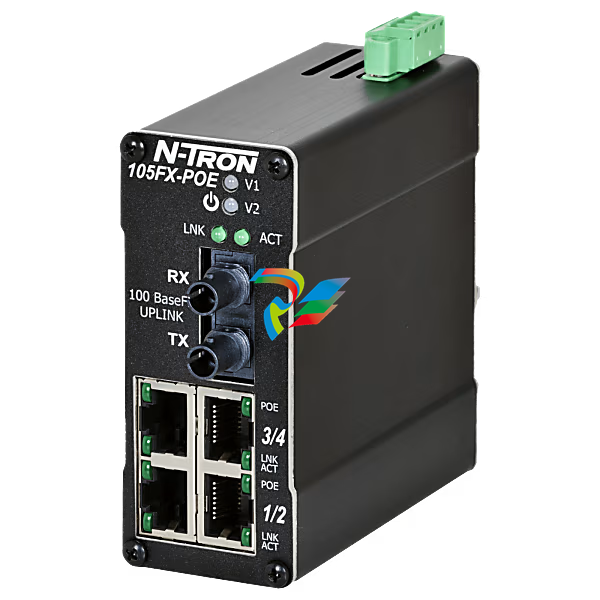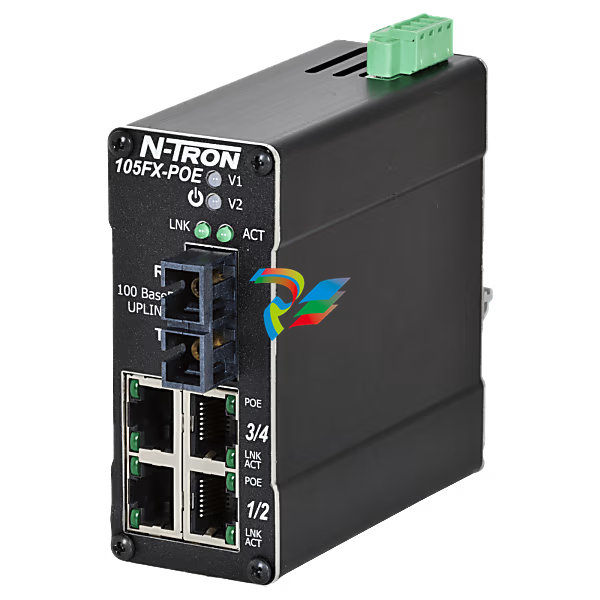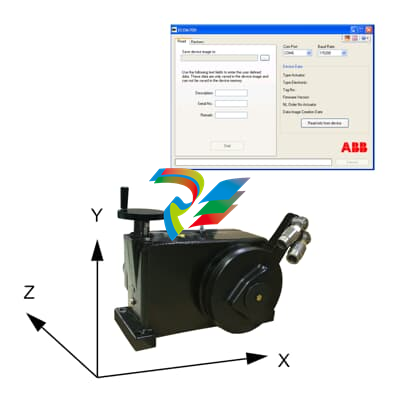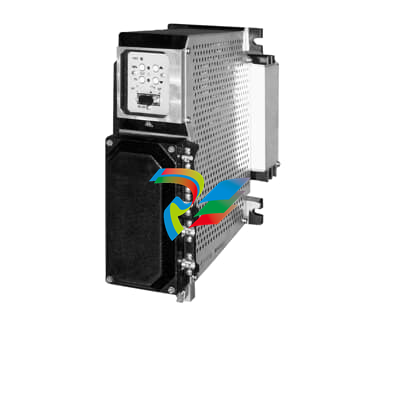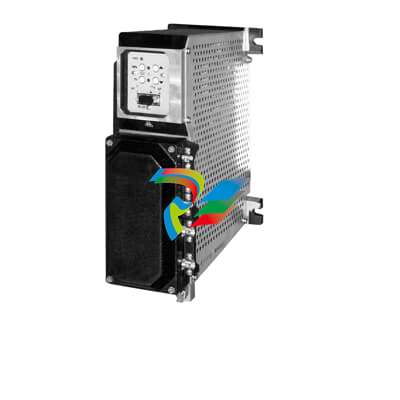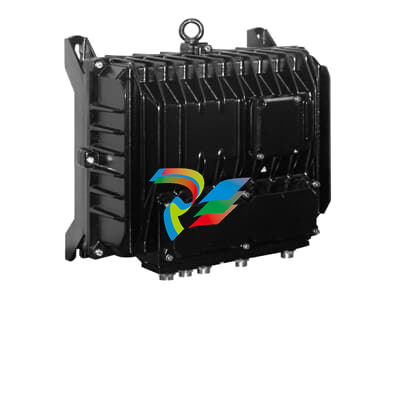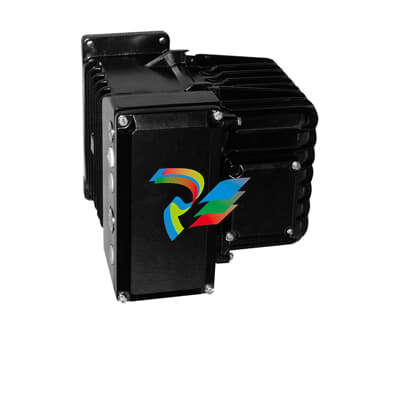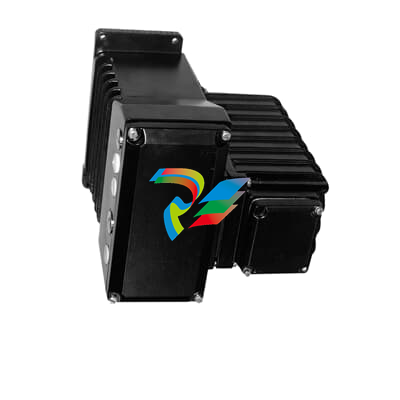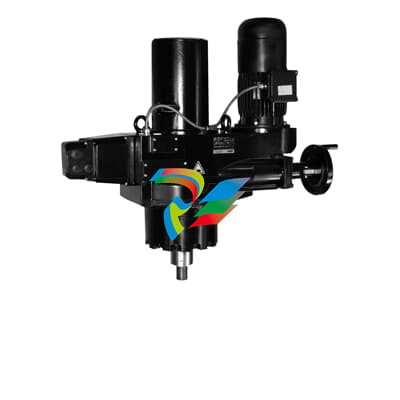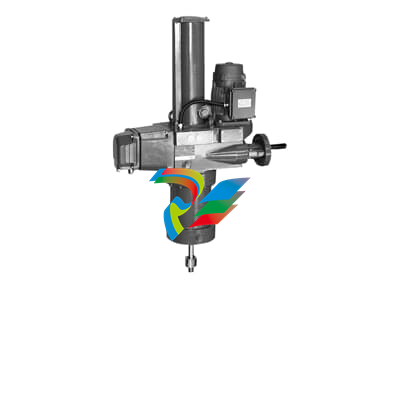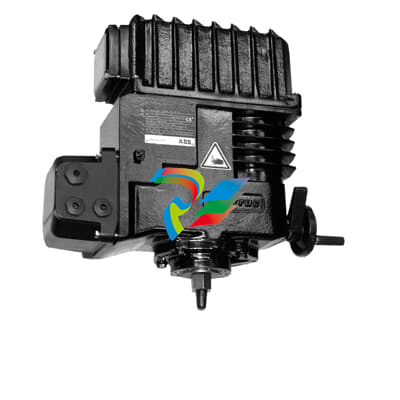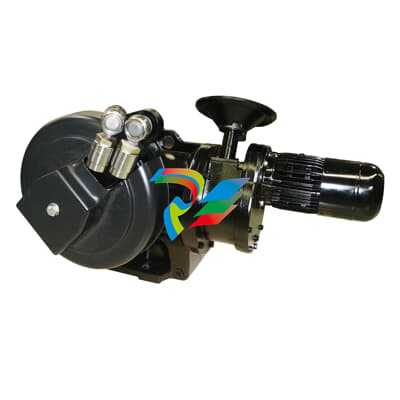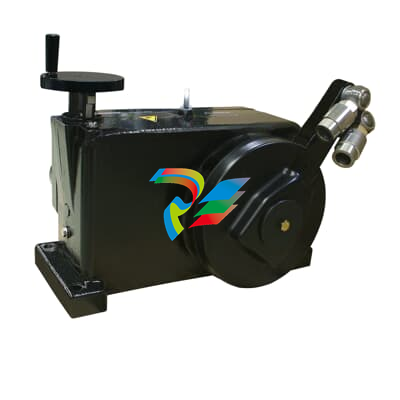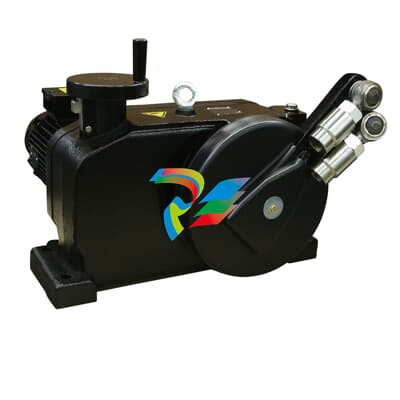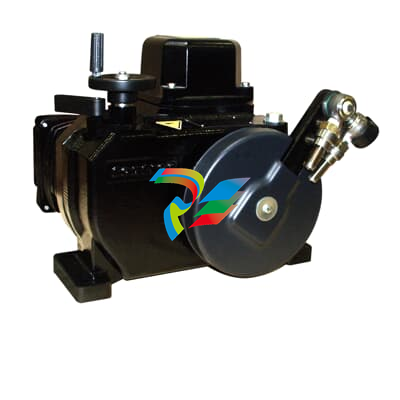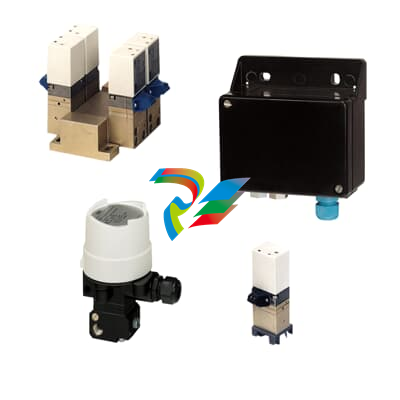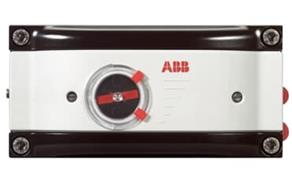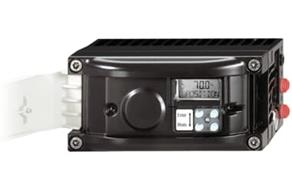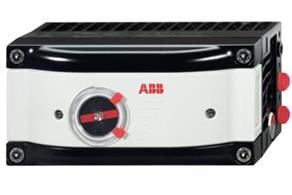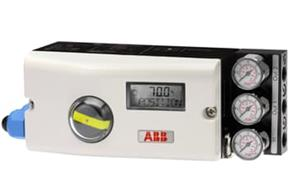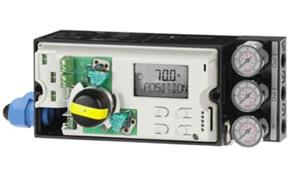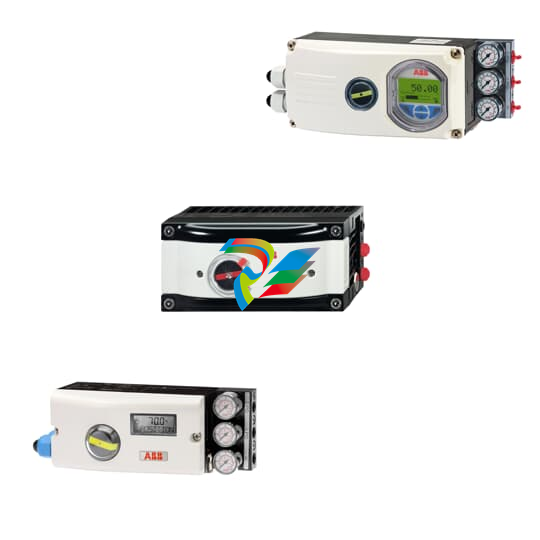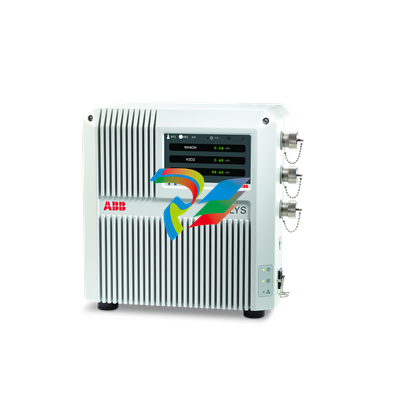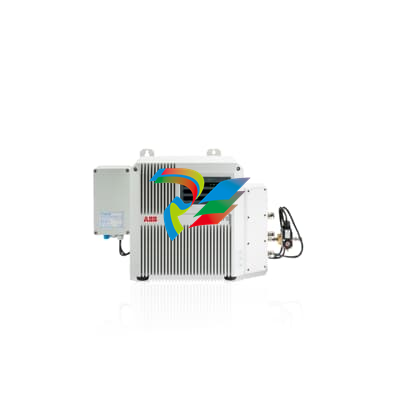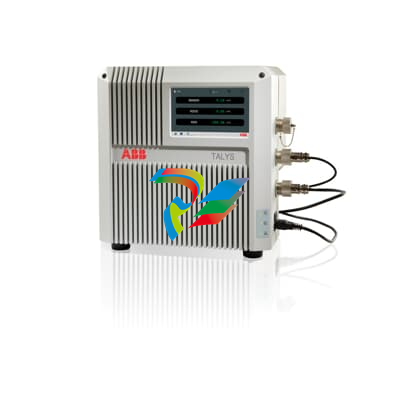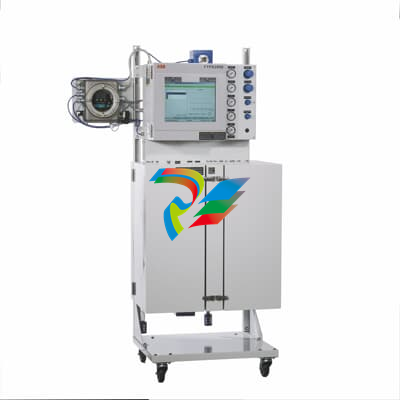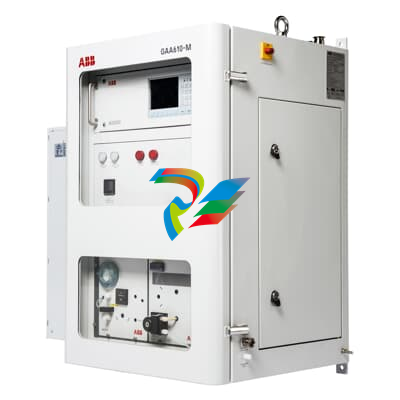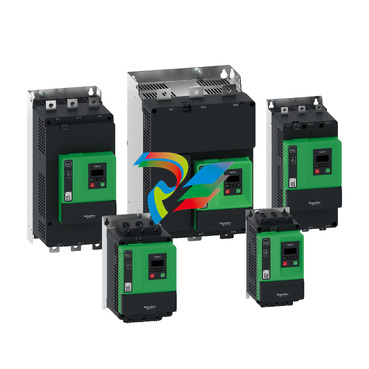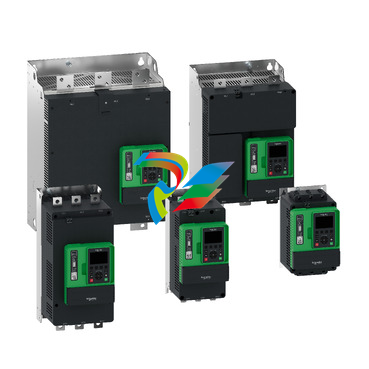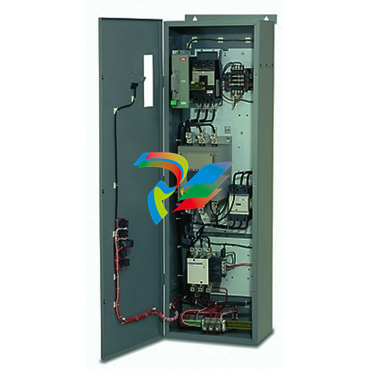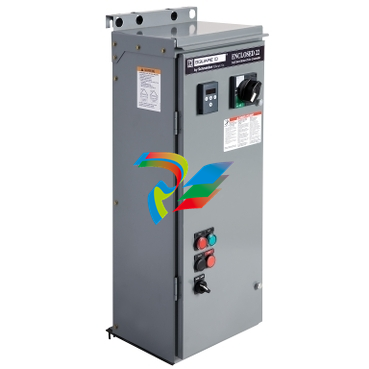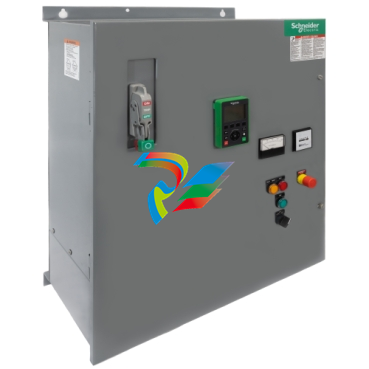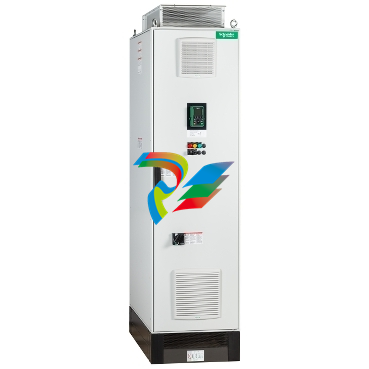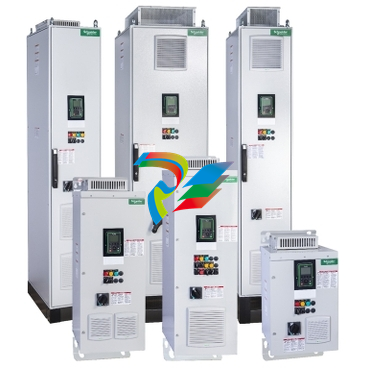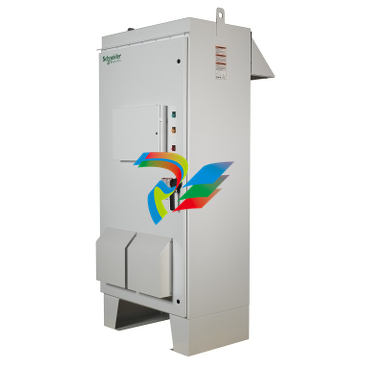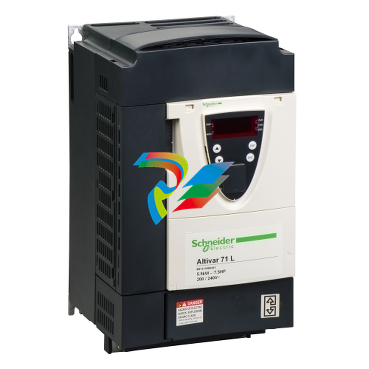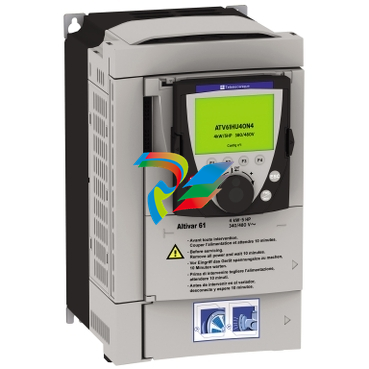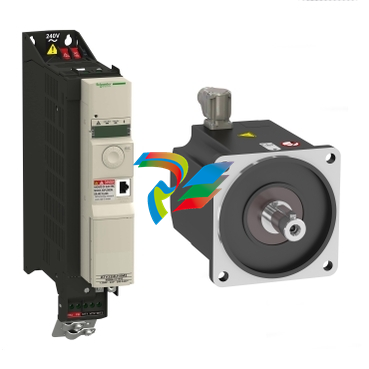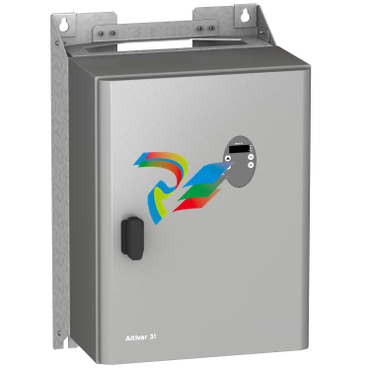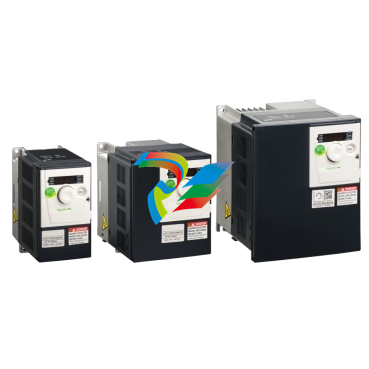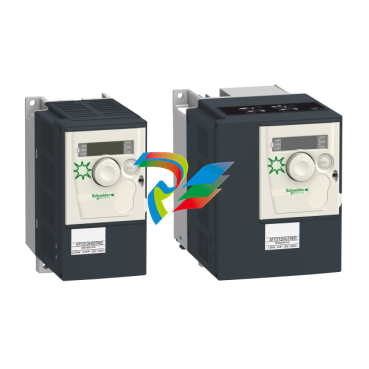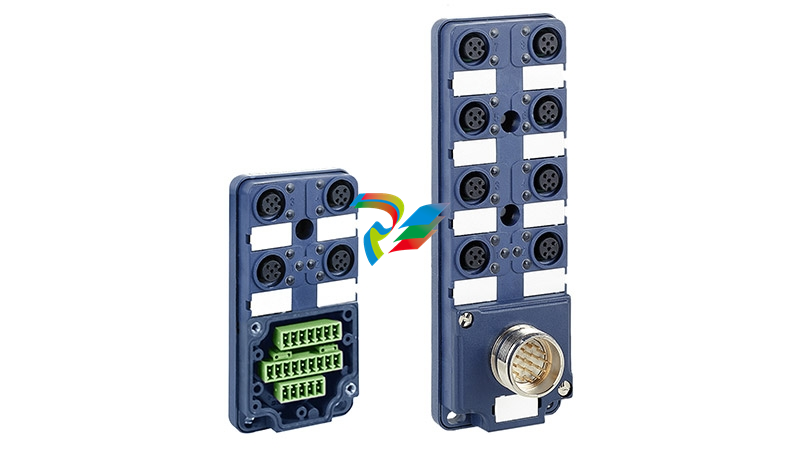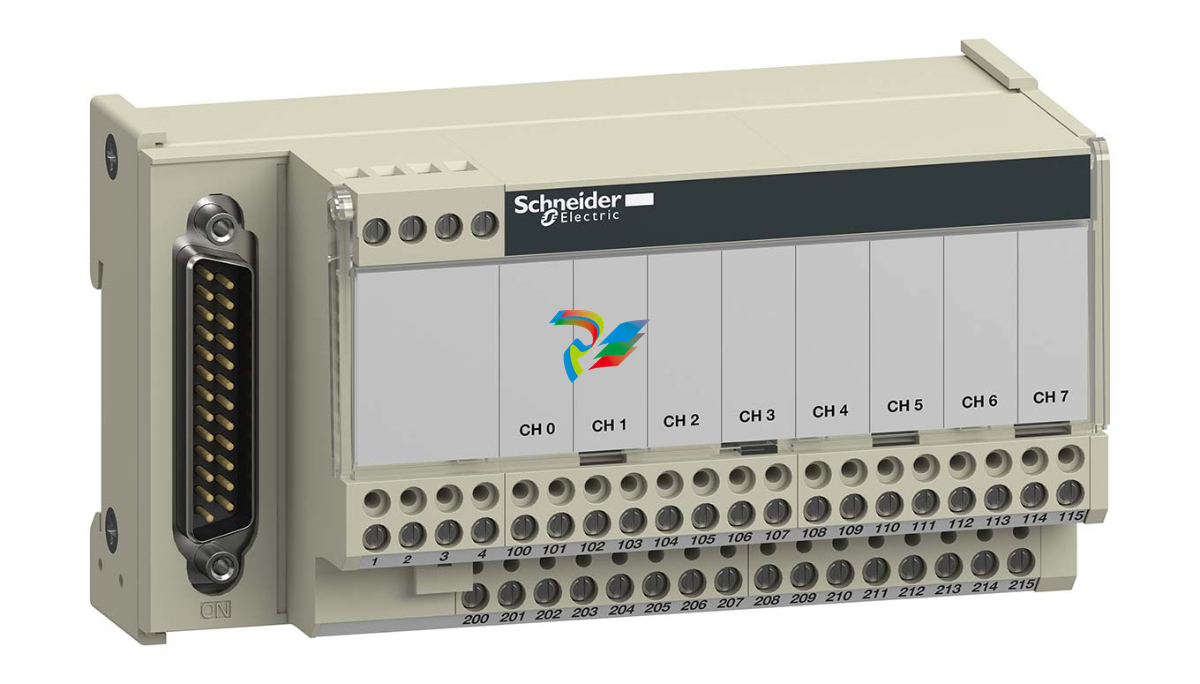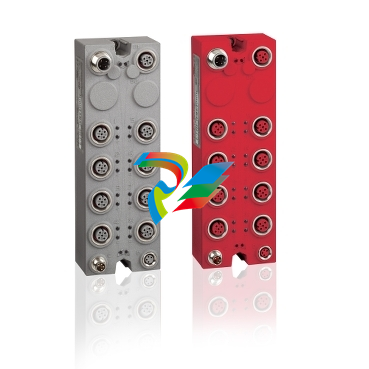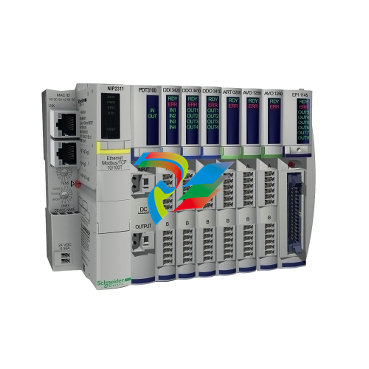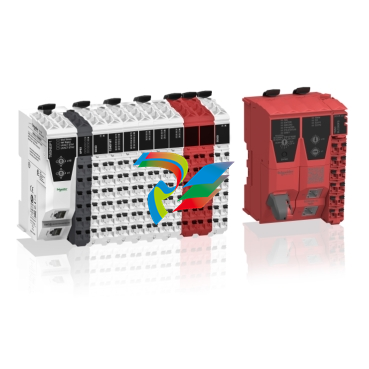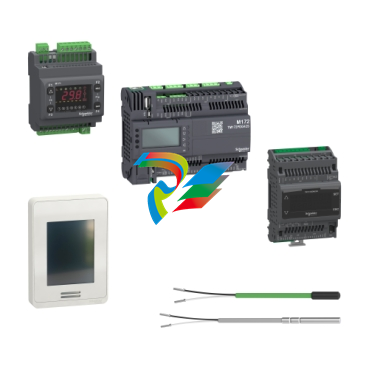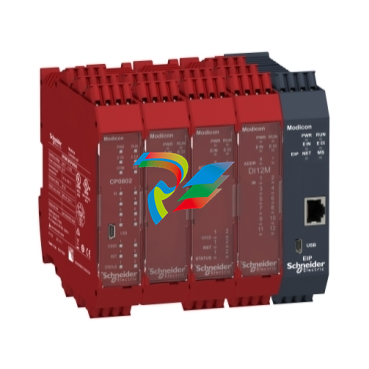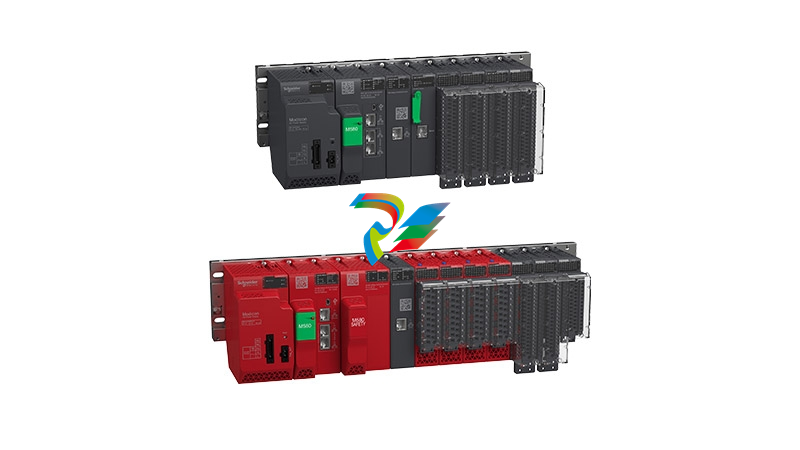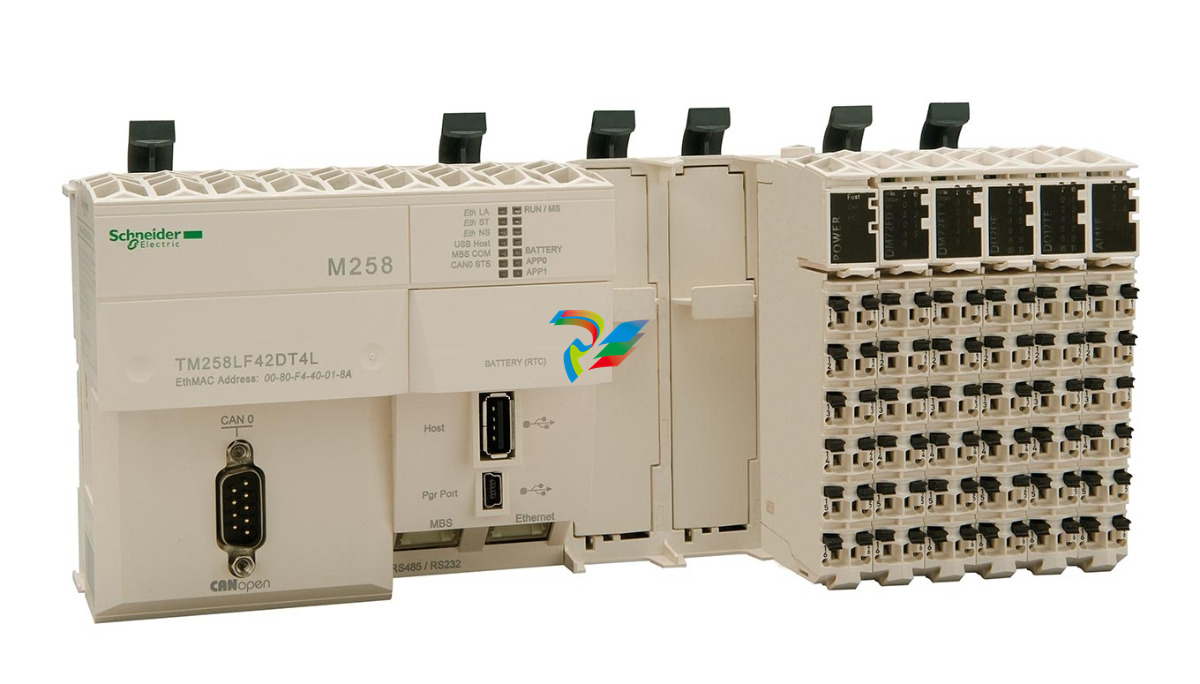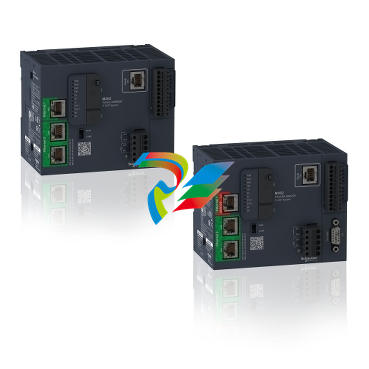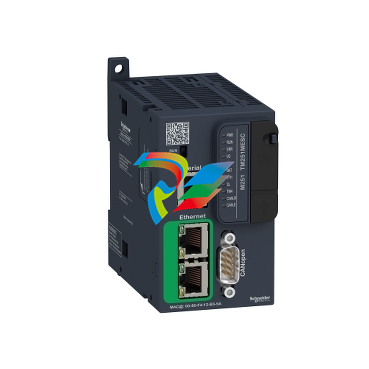
Design and Construction
Solid-state Design: These contactors utilize solid-state technology, which means they have no moving parts or contacts that can wear out over time. This design significantly reduces the need for maintenance and replacement of components, resulting in lower maintenance costs and increased operational reliability. It also eliminates the arcing and sparking that can occur with traditional mechanical contactors, enhancing safety in applications where flammable or explosive substances may be present.
Compact and Modular: The 156-C series features a compact modular design that allows for easy installation and integration into existing control systems. The small footprint of these contactors makes them suitable for use in space-constrained environments, such as control panels or equipment racks. Additionally, the modular design enables flexibility in system configuration, as multiple contactors can be combined or stacked to meet the specific requirements of different applications.
Integrated Heat Sink: To ensure proper heat dissipation and prevent overheating, the 156-C Solid-state Contactors are equipped with an integrated heat sink. The heat sink is designed to efficiently transfer heat away from the internal components of the contactor, thereby maintaining its performance and extending its service life. This is particularly important in applications where the contactors are subjected to high currents or continuous operation, as excessive heat can lead to premature failure of the device.
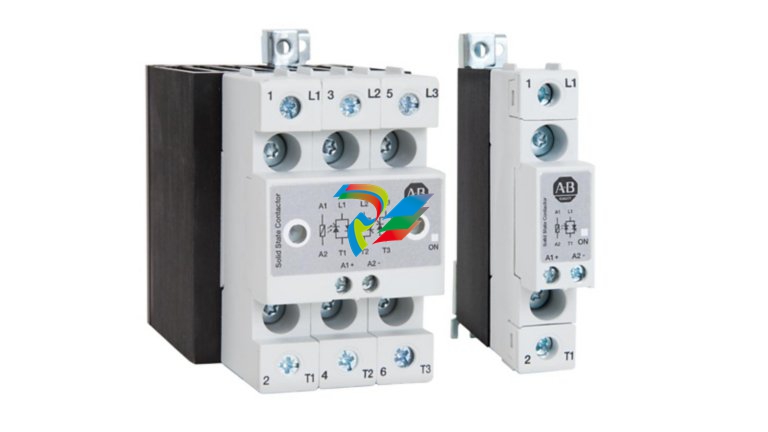
Electrical Specifications
Current Ratings: The 156-C Solid-state Contactors are available in a range of current ratings, typically from 20A to 85A. This wide range of current ratings makes them suitable for controlling various types of electrical loads, including motors, heaters, lighting systems, and other resistive or inductive loads. The specific current rating required for a particular application depends on the power requirements of the load being controlled.
Voltage Ratings: These contactors are designed to operate at different voltage levels, including both AC and DC voltages. They can handle common industrial voltages such as 120V, 208V, 240V, and 480V, providing flexibility in application across different power distribution systems. The ability to work with both AC and DC voltages further expands their usability in a variety of industrial and commercial settings.
Control Options: The 156-C series offers multiple control options to suit different control requirements. They can be controlled by AC signals, DC signals, or analog signals, allowing for seamless integration with a wide range of control devices such as programmable logic controllers (PLCs), relays, and sensors. The availability of different control options provides designers and engineers with the flexibility to implement custom control strategies based on the specific needs of the application.
Functional Features
Zero-Cross Switching: The contactors incorporate zero-cross switching technology, which means they turn on and off the load at the zero-crossing point of the AC voltage waveform. This feature helps to reduce electrical noise, electromagnetic interference (EMI), and voltage spikes that can occur during switching operations. By minimizing these electrical disturbances, zero-cross switching contributes to a cleaner and more stable power supply, protecting both the connected load and other sensitive equipment in the system.
Surge Protection: To safeguard the contactors and the connected equipment from voltage surges and transient events, the 156-C Solid-state Contactors are equipped with an integrated varistor for surge protection. The varistor acts as a voltage-dependent resistor that absorbs and dissipates excessive voltage spikes, preventing them from damaging the internal components of the contactor or the load. This built-in surge protection enhances the reliability and durability of the contactors, especially in applications where power quality may be less than ideal or where the equipment is exposed to electrical transients such as lightning strikes or power grid fluctuations.
Status Indication: The contactors are equipped with lighted status indication, which provides visual feedback on the operating status of the contactor. The status indicator typically shows whether the contactor is energized or de-energized, allowing for quick and easy troubleshooting and monitoring of the system. This visual indication is particularly useful during maintenance and commissioning activities, as it helps technicians to quickly identify the state of the contactors and diagnose any potential problems.
| User name | Member Level | Quantity | Specification | Purchase Date |
|---|



